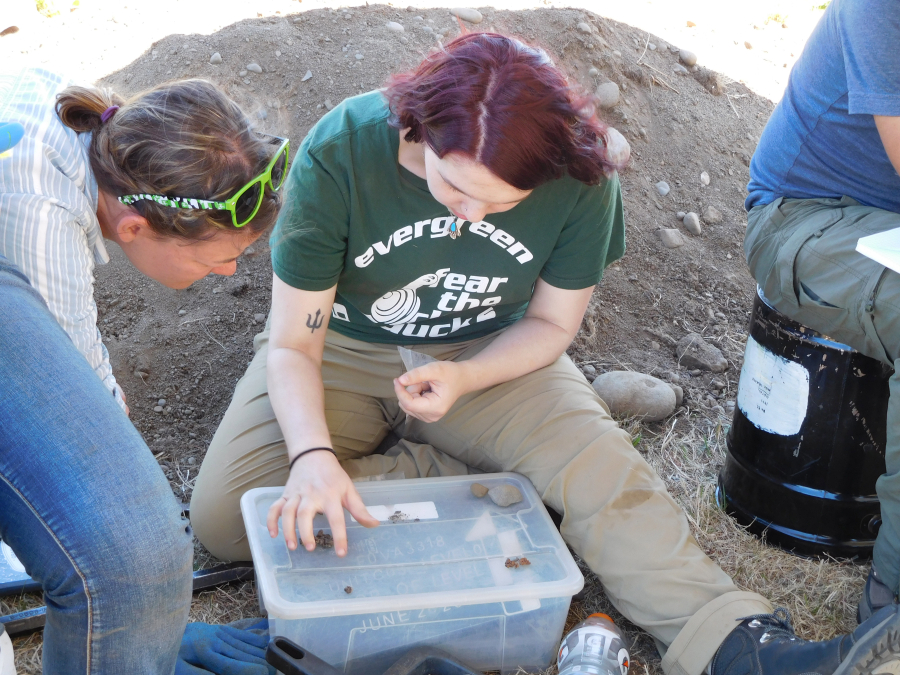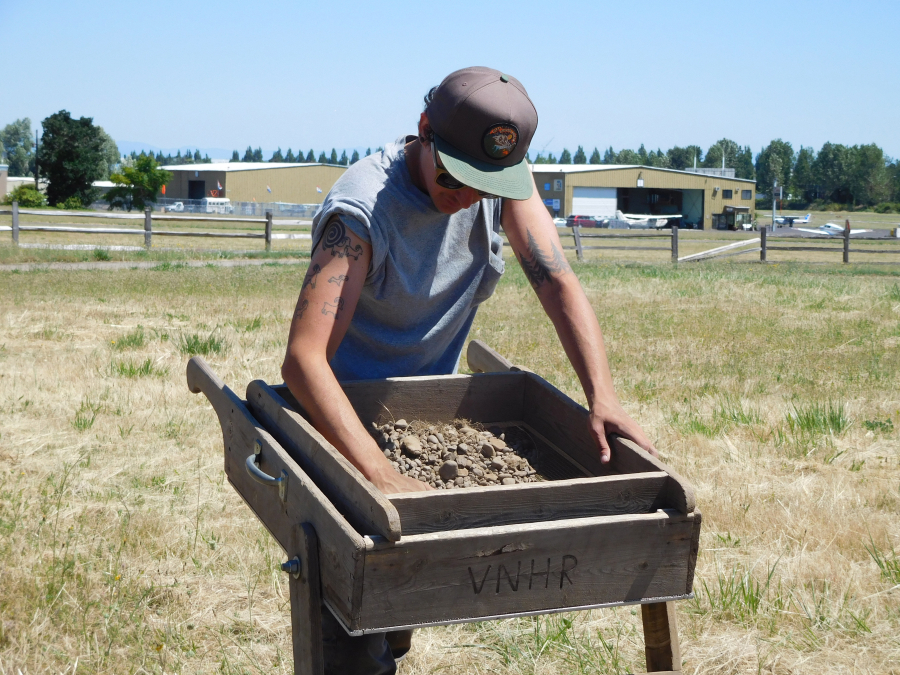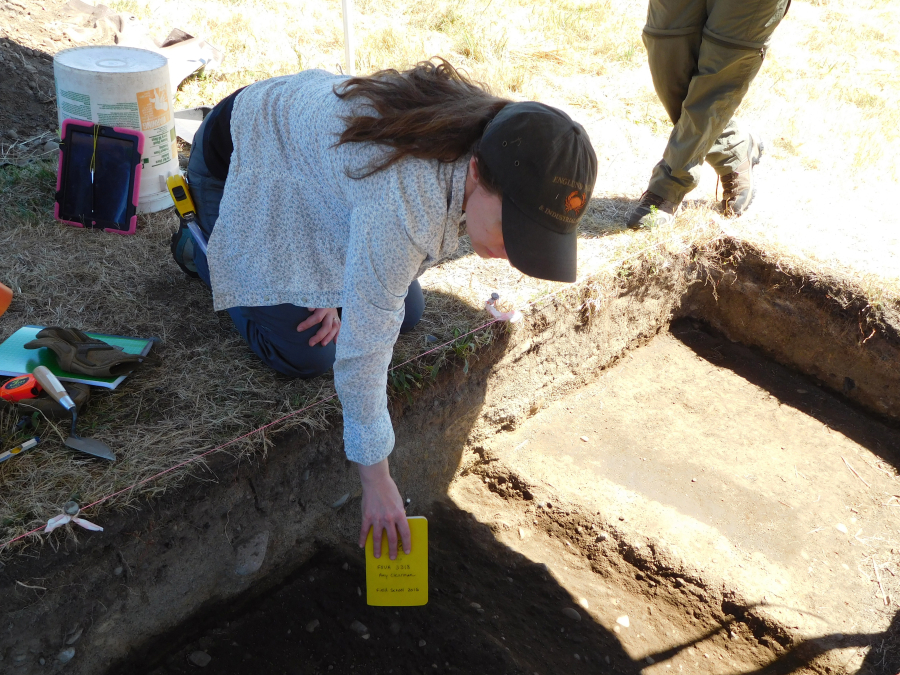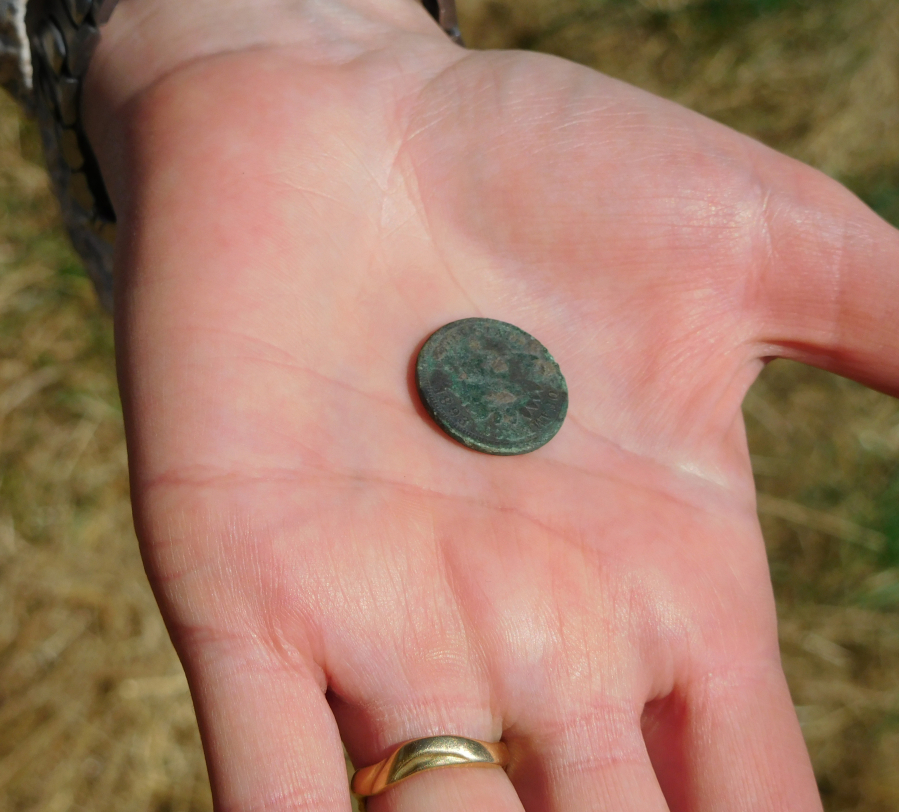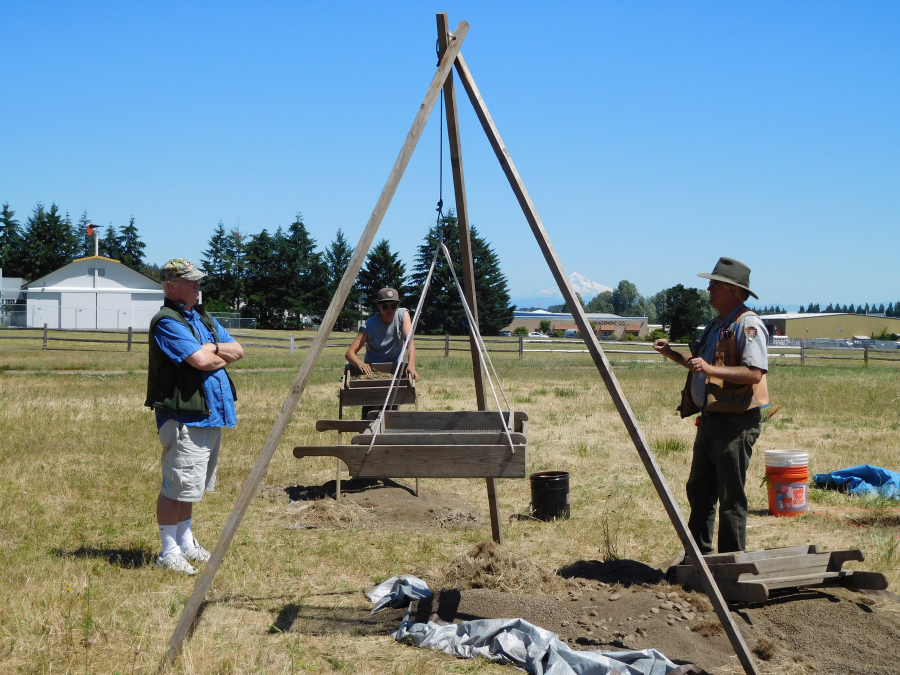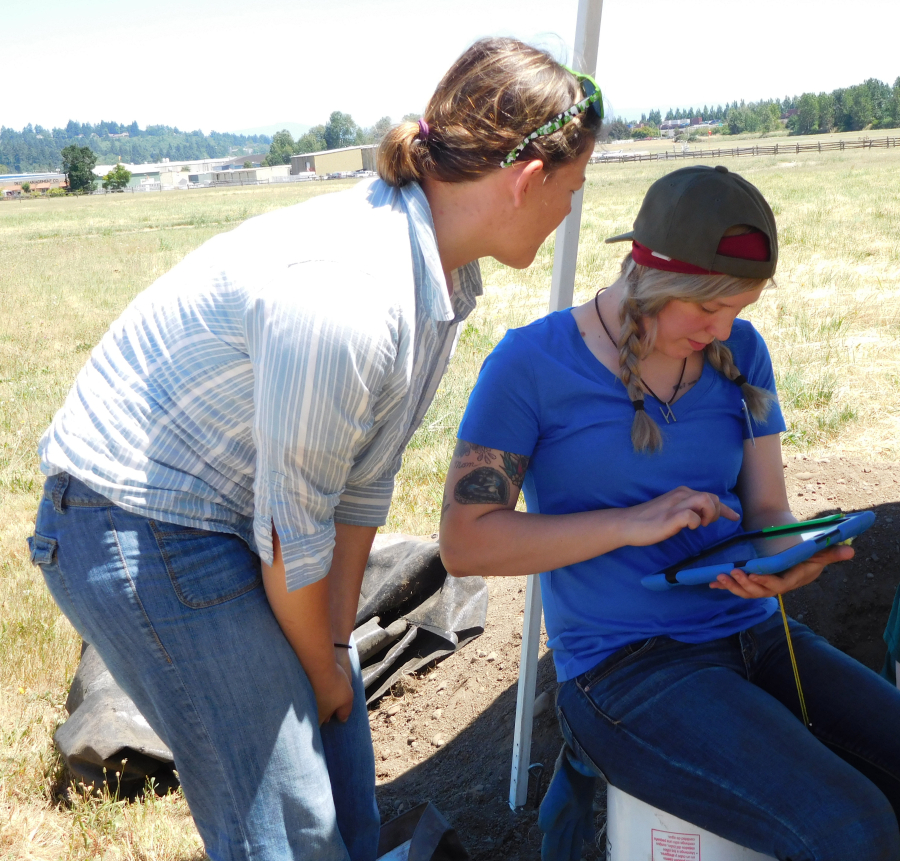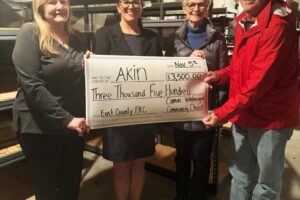If you go
2016 Public Archaeology Field School
This summer, National Park Service archaeologists are teaming up with Portland State University and Washington State University Vancouver to conduct archaeological excavations. Students and professionals will dig east of the fort stockade, near the Spruce Mill Trail west of Pearson Air Museum, as well as on the national parks' waterfront. The excavations will focus on the World War I Spruce Mill, and the Fort Vancouver Waterfront Complex.
From 9 a.m. to 4 p.m., Tuesday through Saturday, through July 30, the Spruce Mill dig site will be accessible to the public. The Waterfront Complex dig site will be accessible from 9 a.m. to 3 p.m. on Thursdays and Fridays through July 29.
Directions to both sites can be found at the park's Visitor Center, 1501 E. Evergreen Blvd., Vancouver.
"Kids Dig!"
This program introduces children ages 8 through 12 to the world of archaeology. Kids excavate a mock site with the help of student archaeologists. These programs will take place July 9 and July 23 at 10:30 a.m. and 2 p.m., inside the reconstructed Fort Vancouver. Space is limited to 20 children. Spots for each program can be reserved in advance by 816-6250.
Presentations
Public lectures in this series explore archaeology with particular ties to the historical of the region. All lectures take place at 7 p.m. in the Tex Rankin Theater at Pearson Air Museum at Fort Vancouver. The July 20 lecture will take place at the Cannon Beach History Center and Museum.
Thursday, July 7: Ongoing archaeological investigations at Pickawillany, Miami County, Ohio: Making sense of the first gunfight in the West, presented by Bill Pickard, assistant curator of archaeology, Ohio History Connection
Thursday, July 14: Archaeology and historic preservation on the Gifford Pinchot National Forest, presented by Christopher J. Donnermeyer, heritage program manager, U.S. Forest Service, Gifford Pinchot National Forest
Wednesday, July 20: Exploring the Chinook Middle Village and station camp, presented by Douglas C. Wilson, National Park Service, Pacific West region. The Middle Village is a contact-period Chinook Indian village near the mouth of the Columbia River.
July 21: Archaeological studies of African American life, presented by Theresa A. Singleton, department of Anthropology, Syracuse University
For more information, contact Wilson, National Park Service archaeologist at 816-6251 or doug_wilson@nps.gov.

